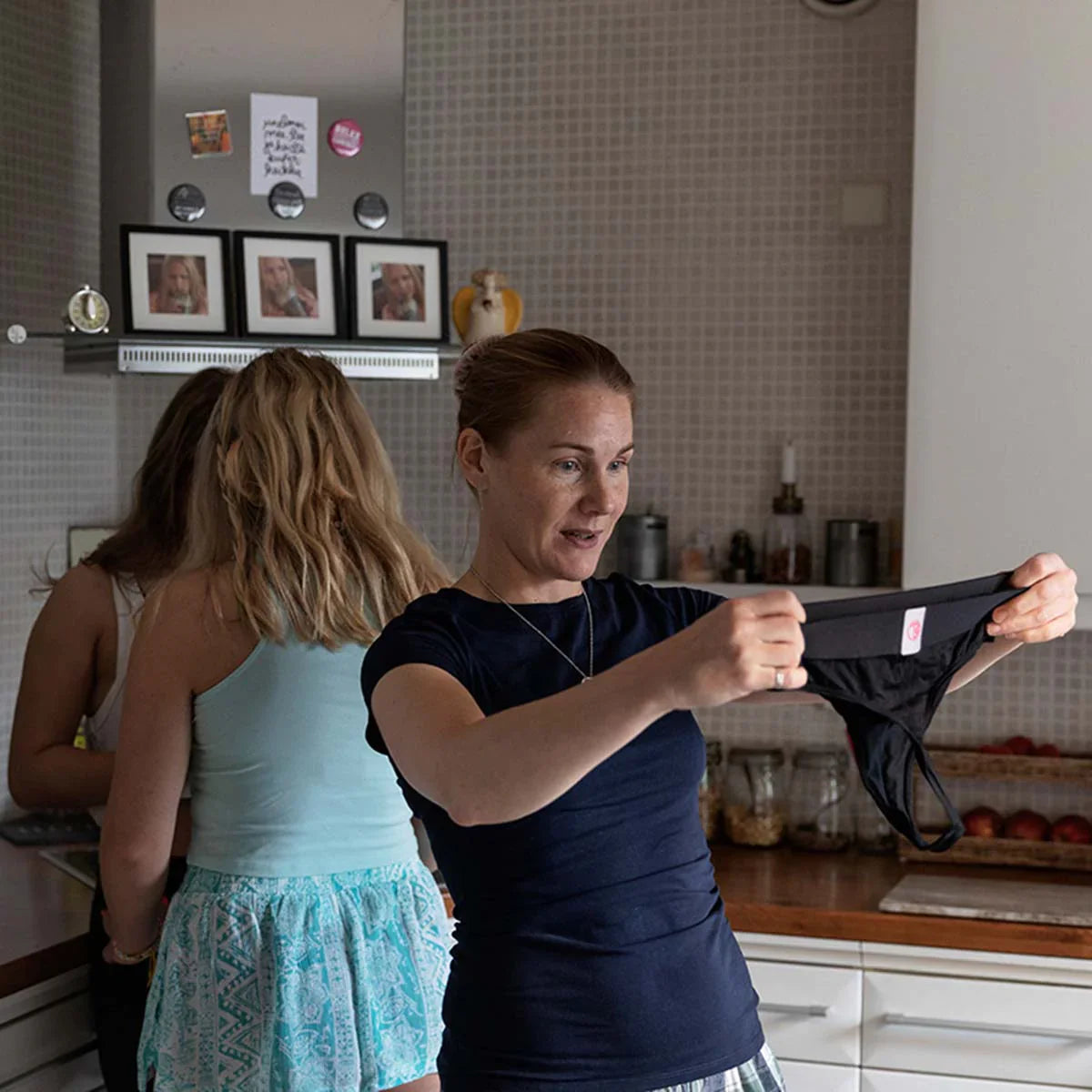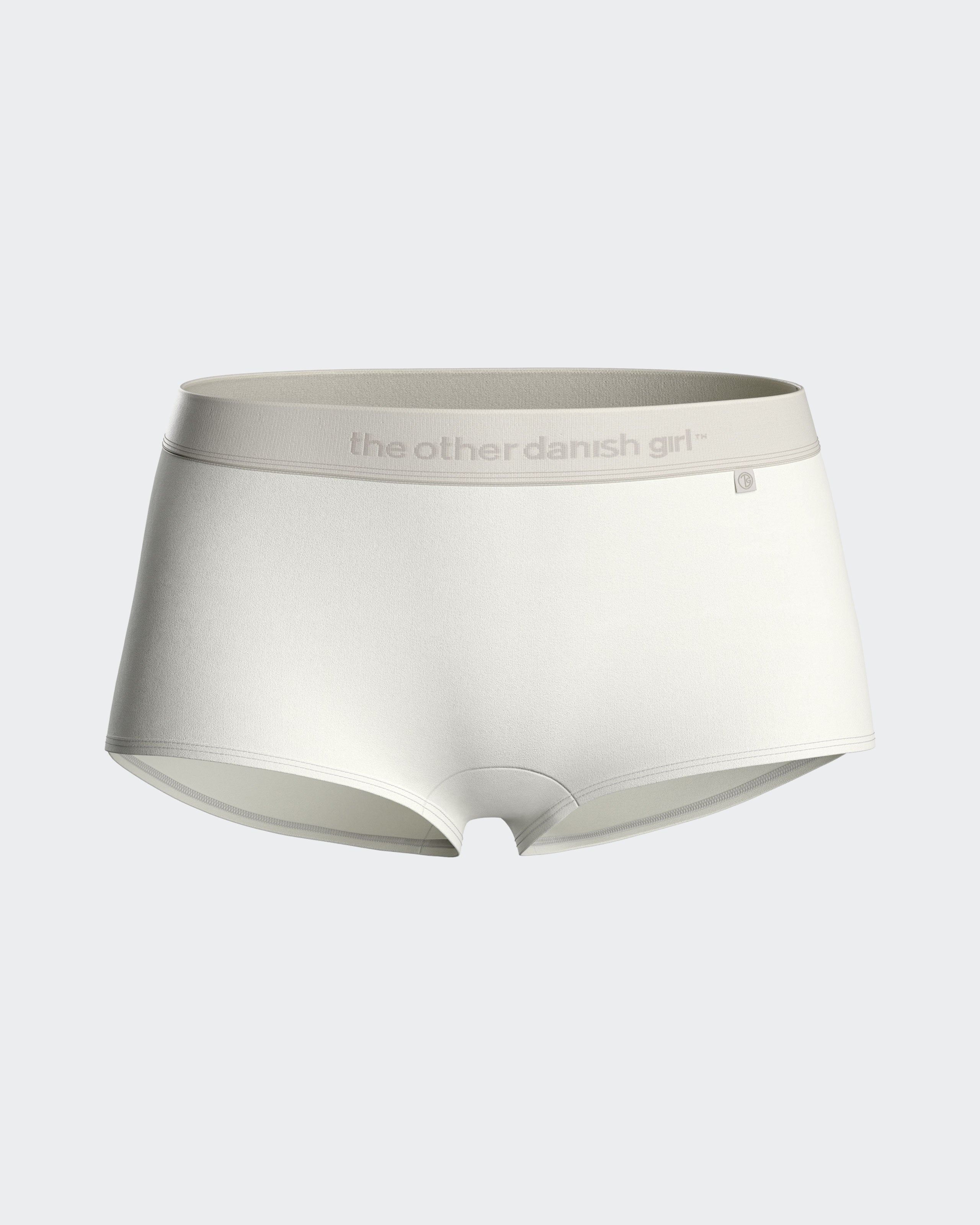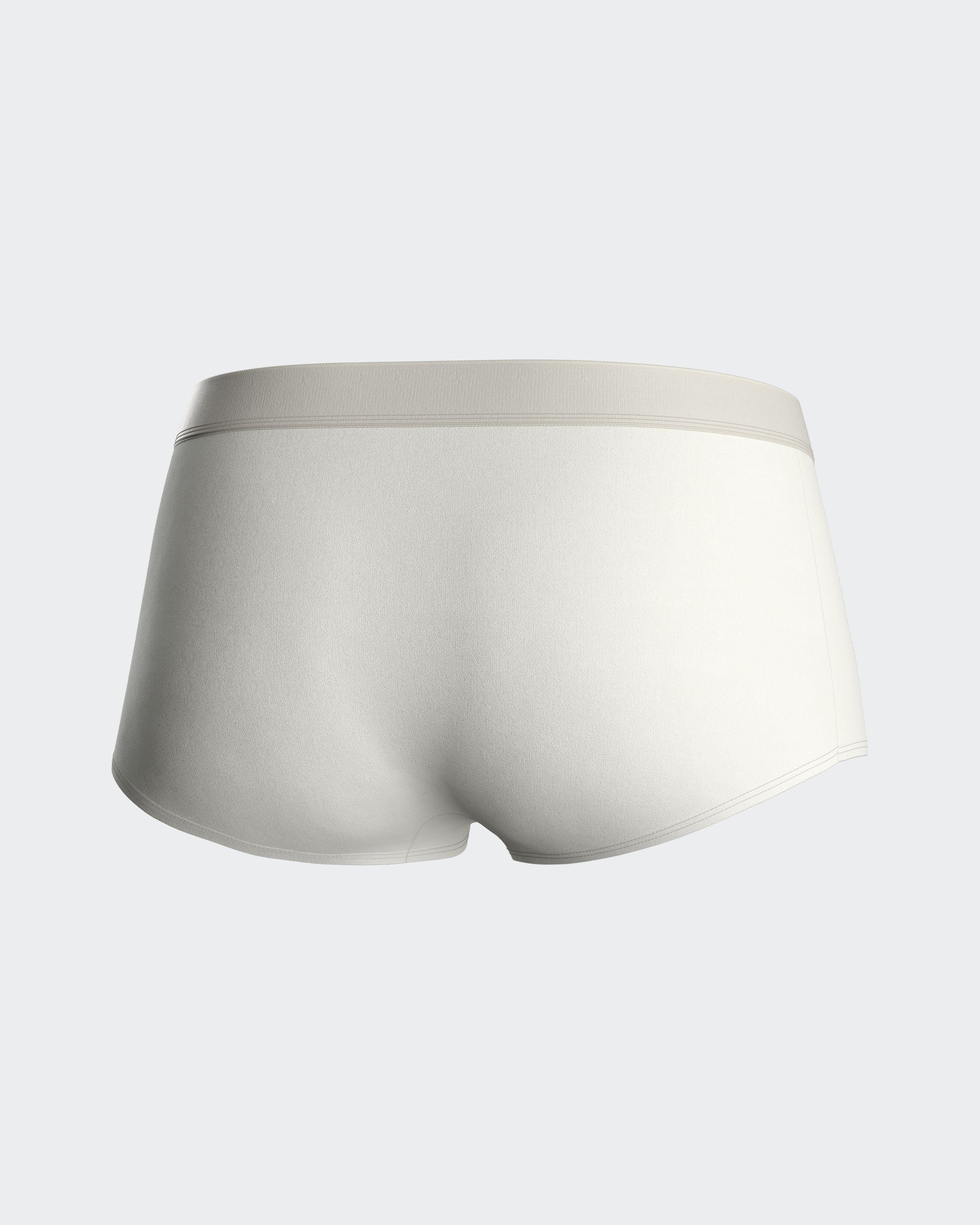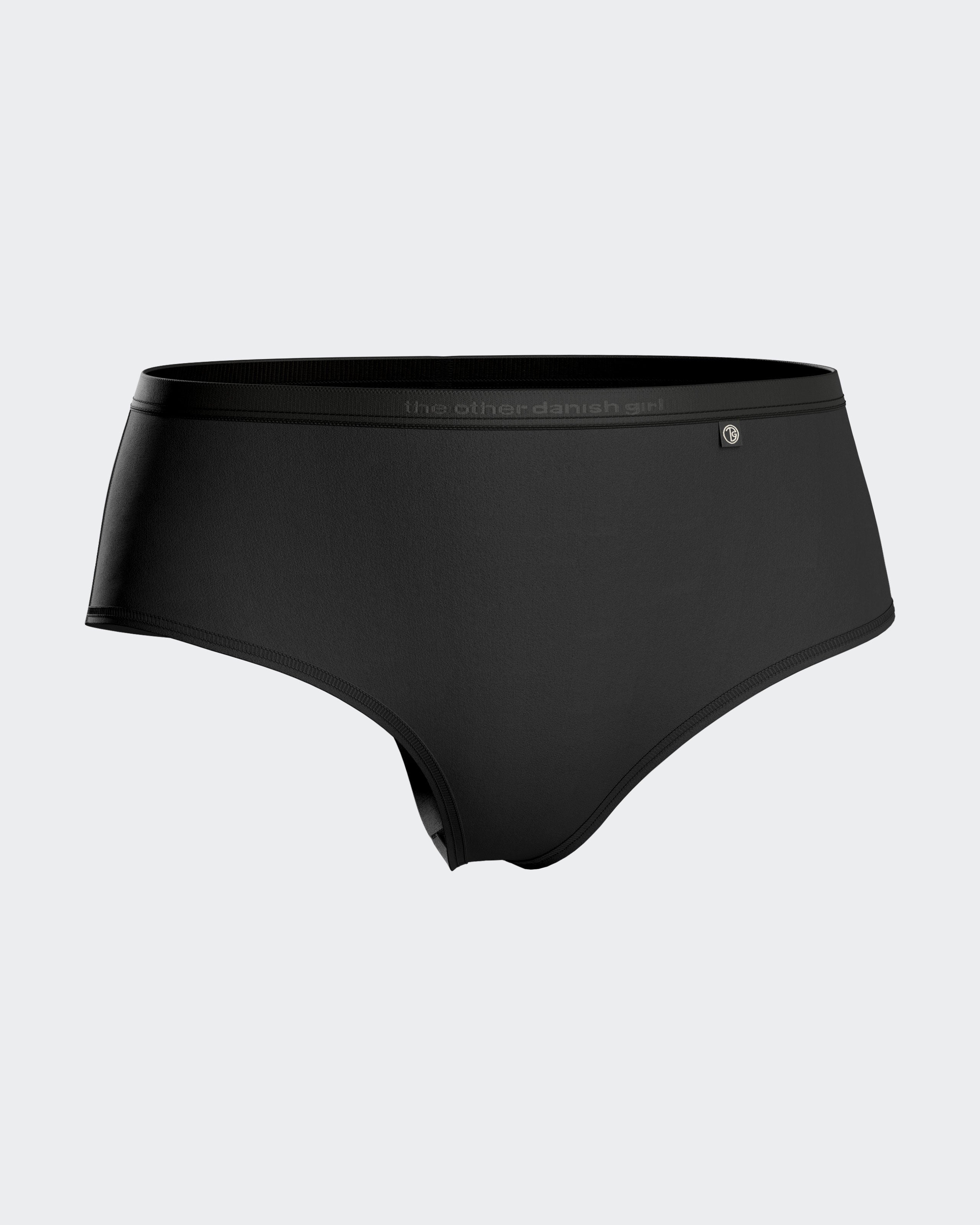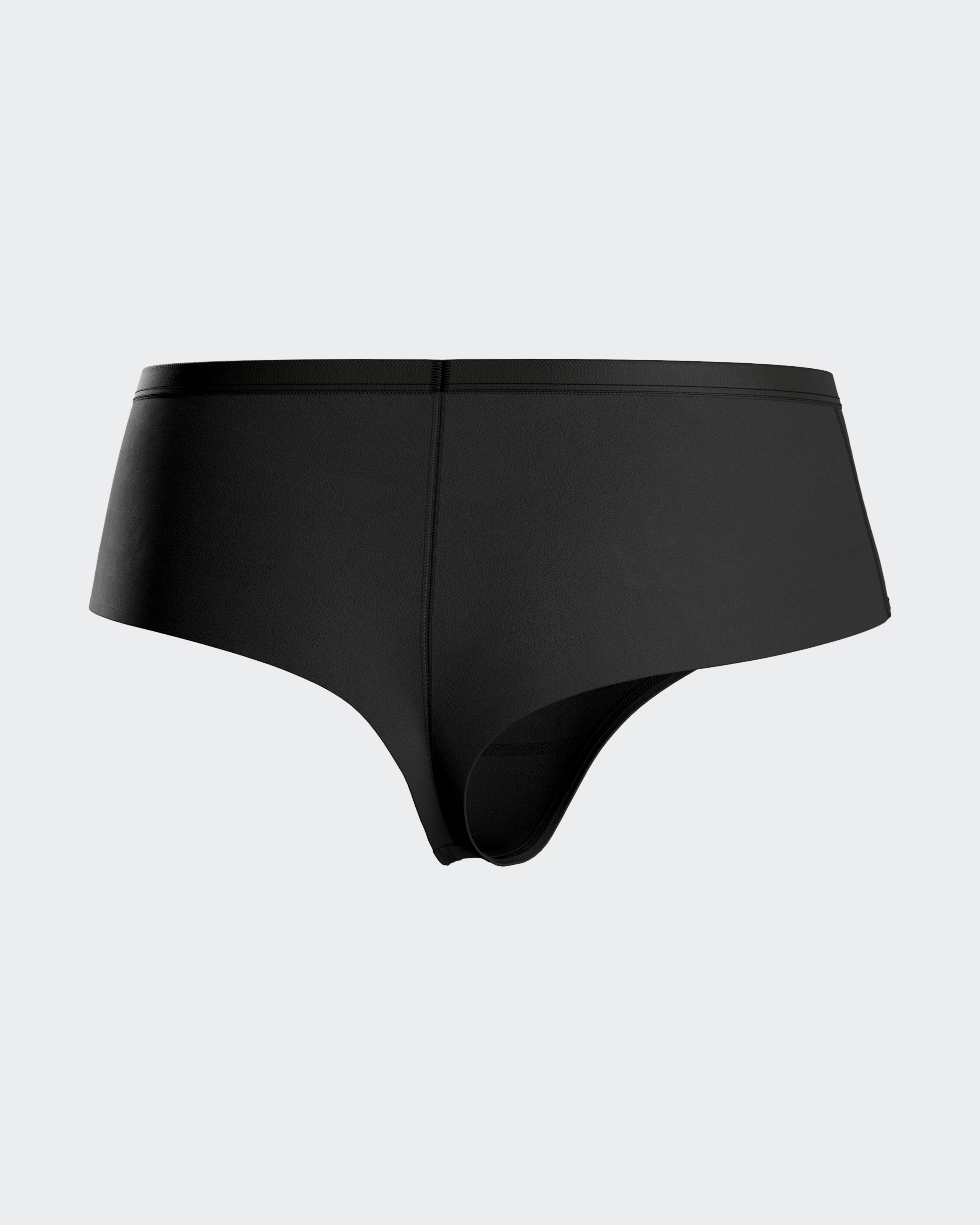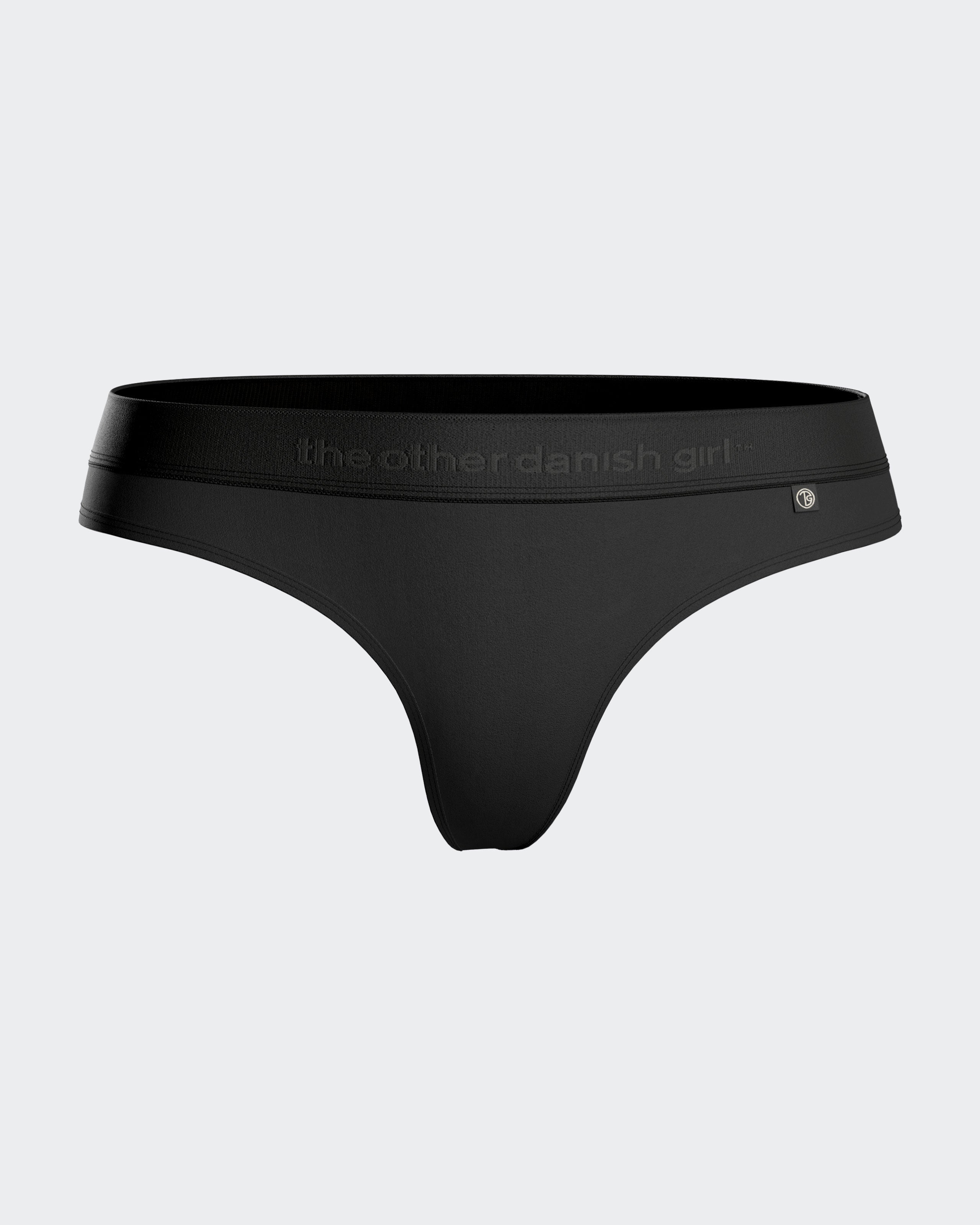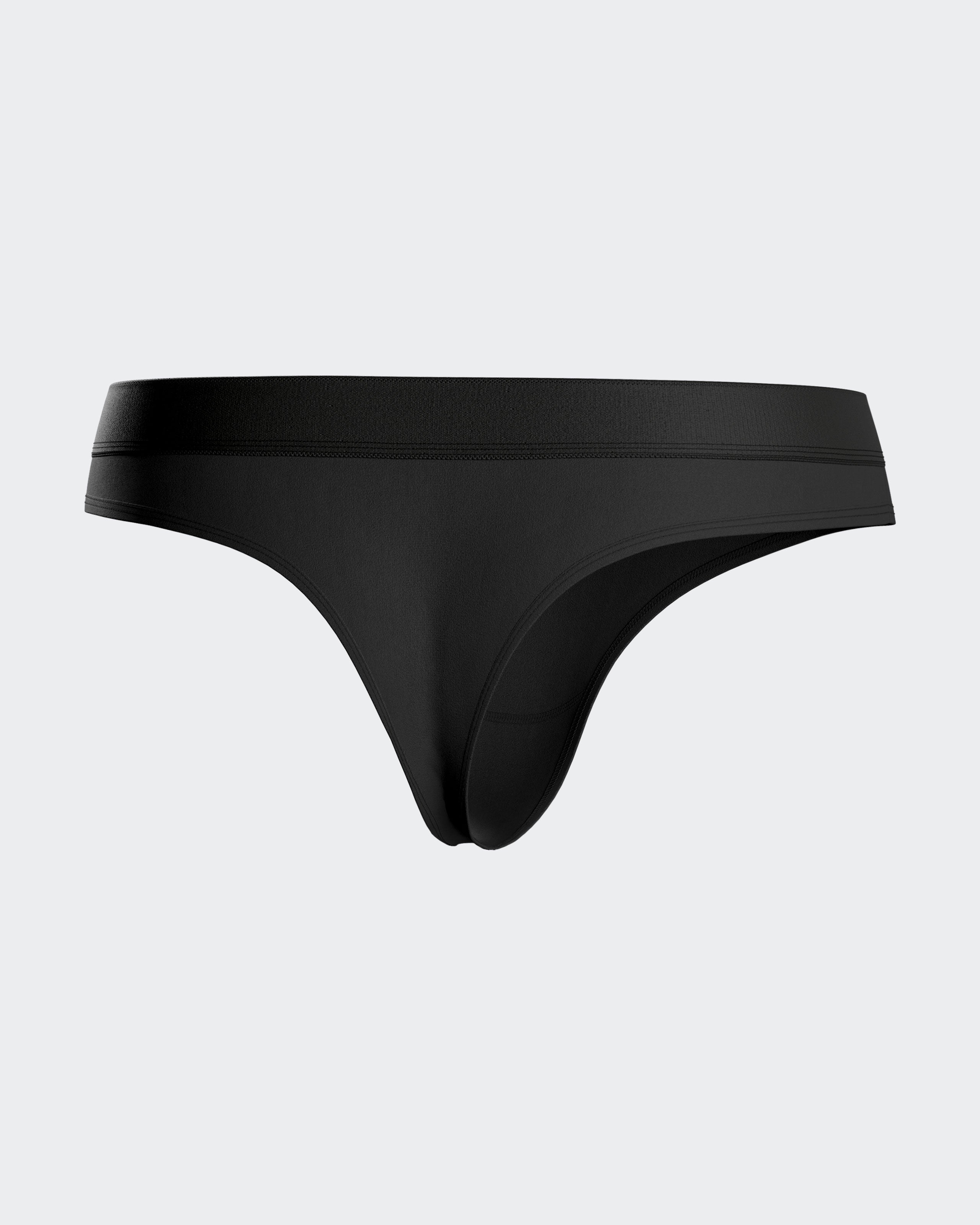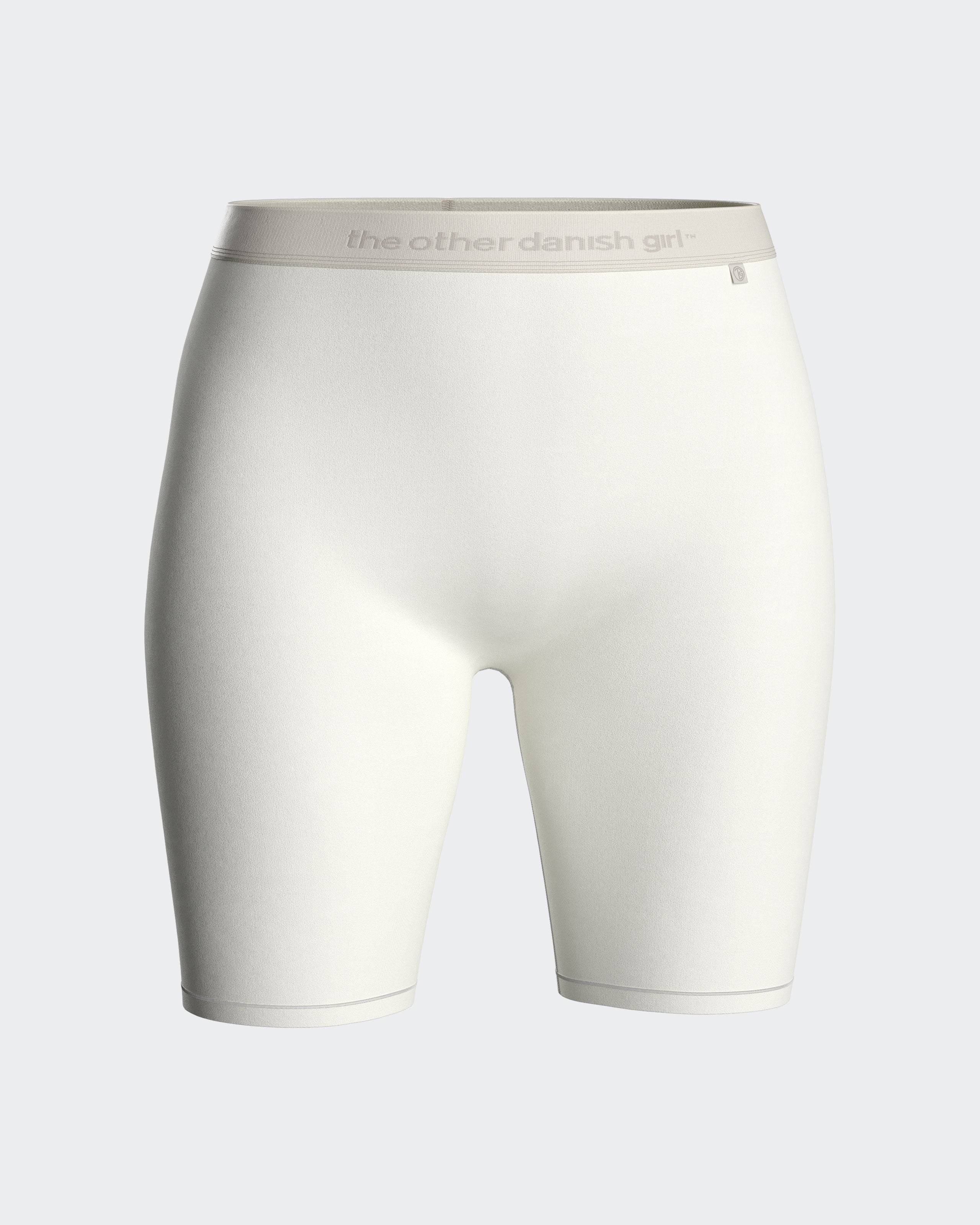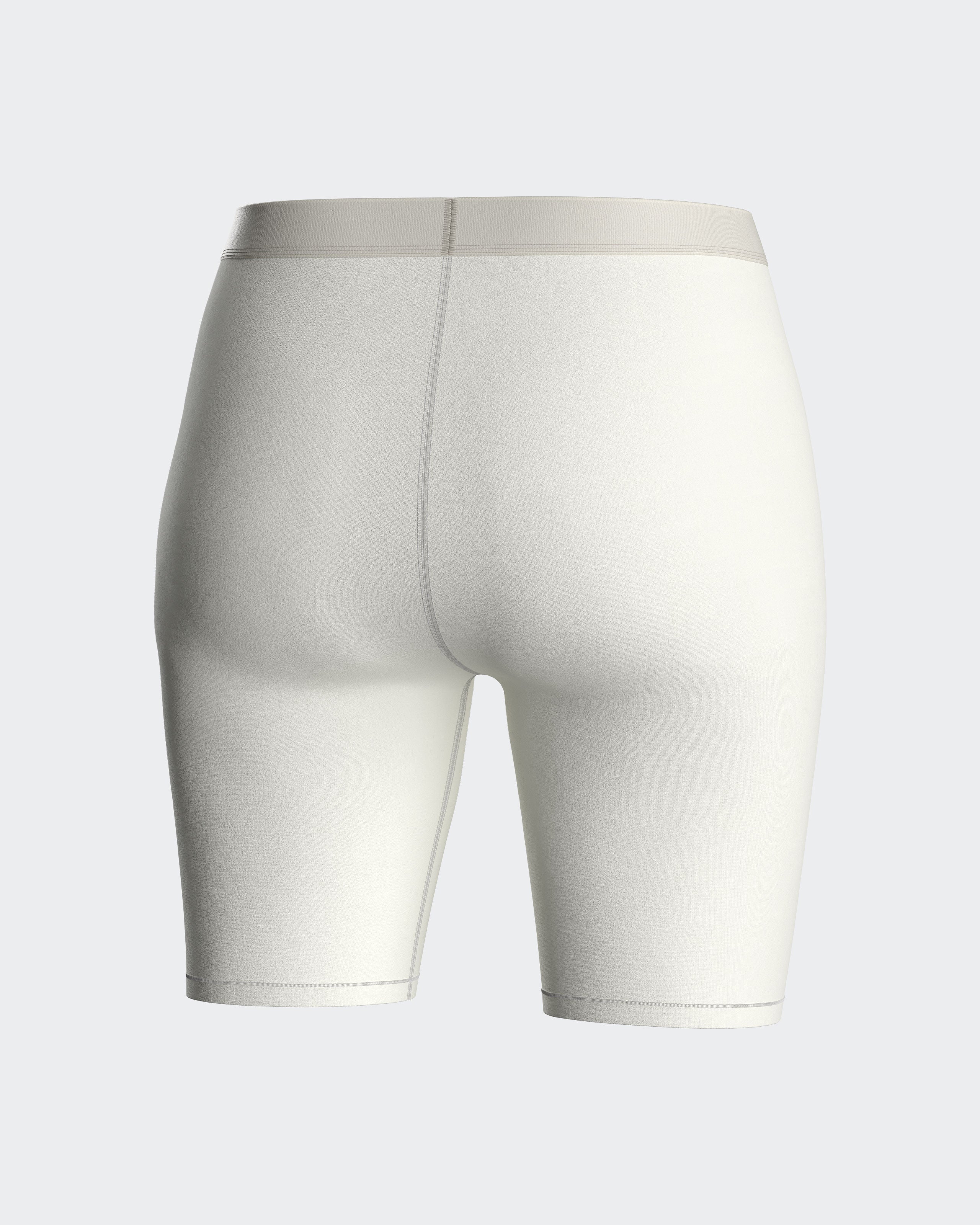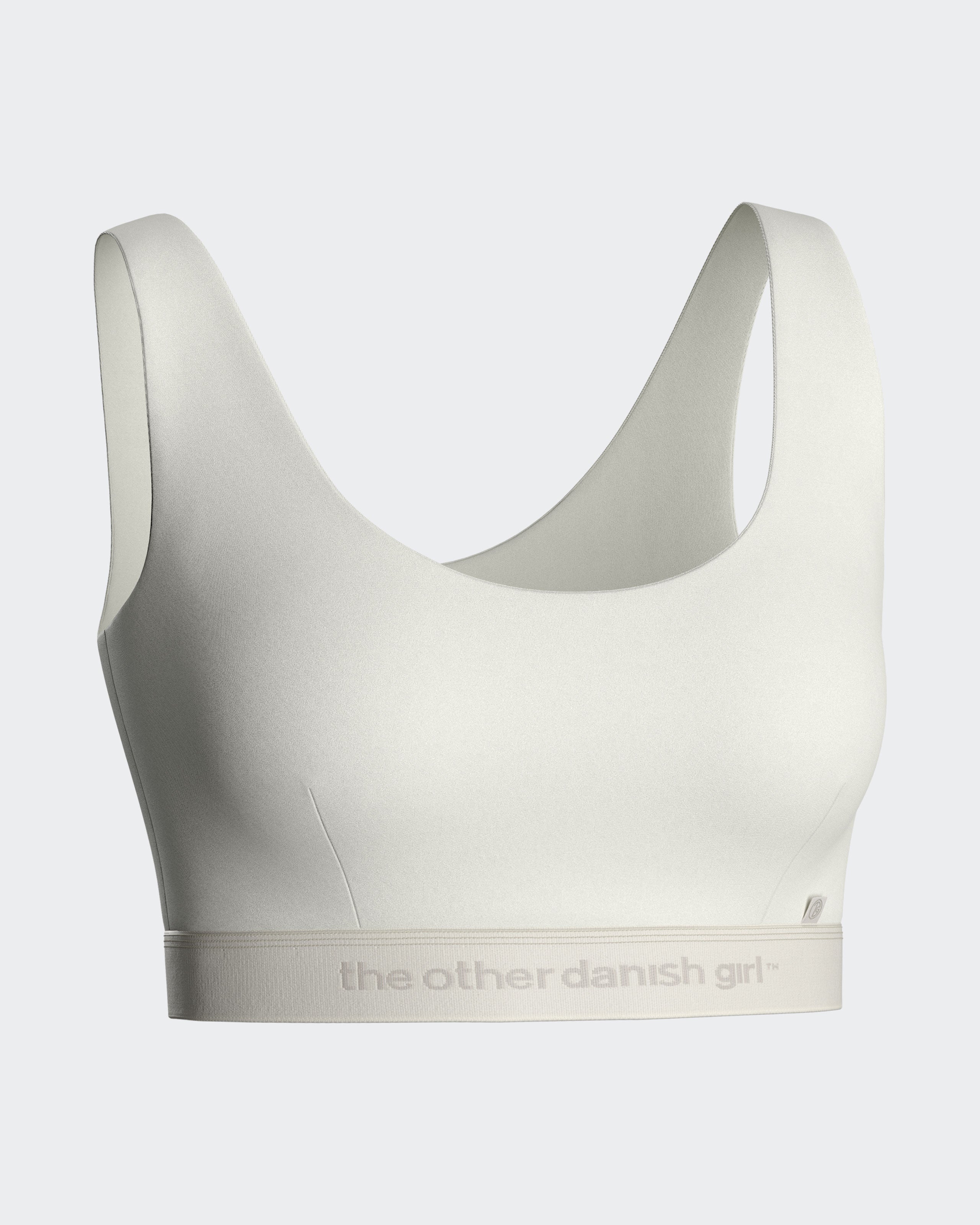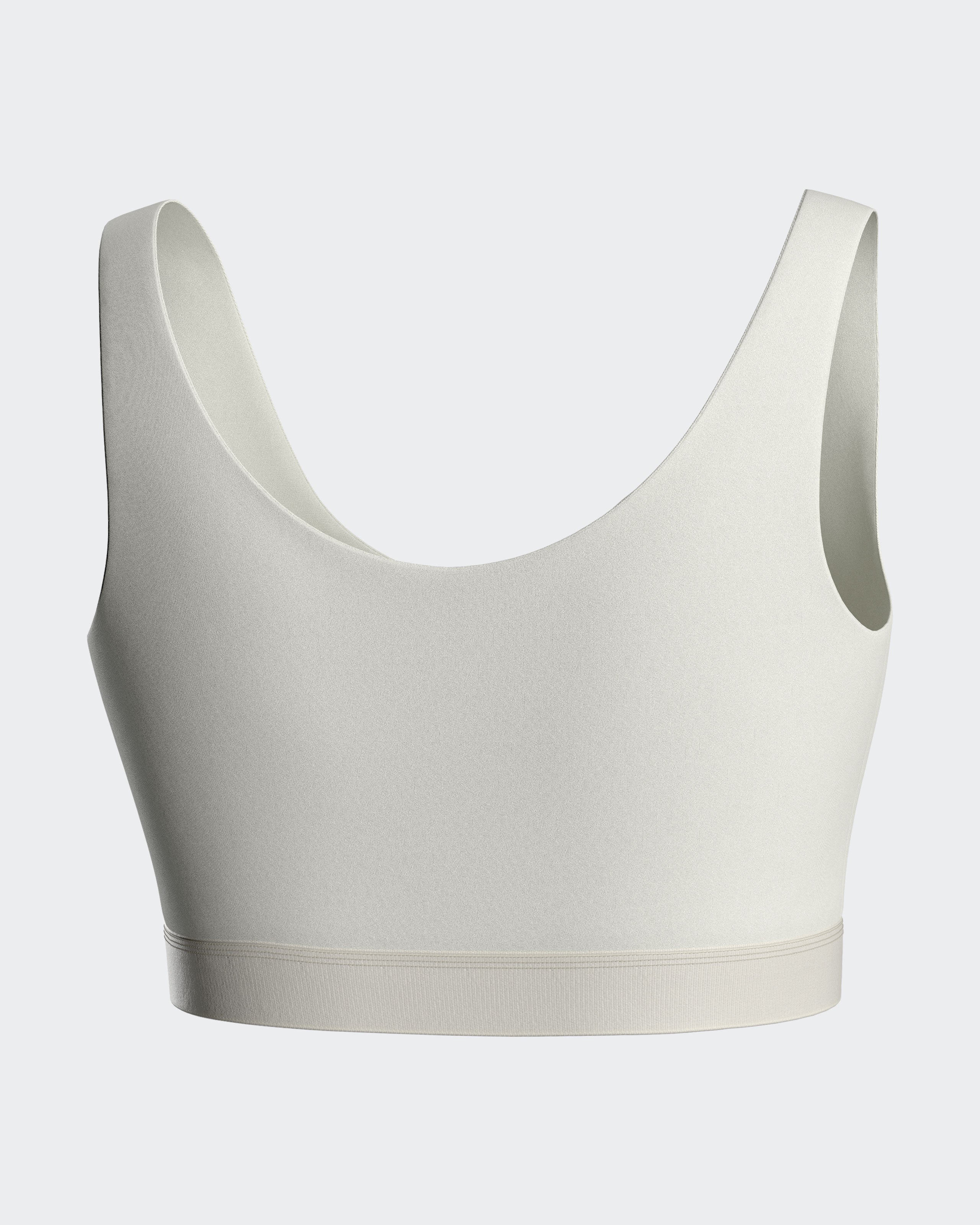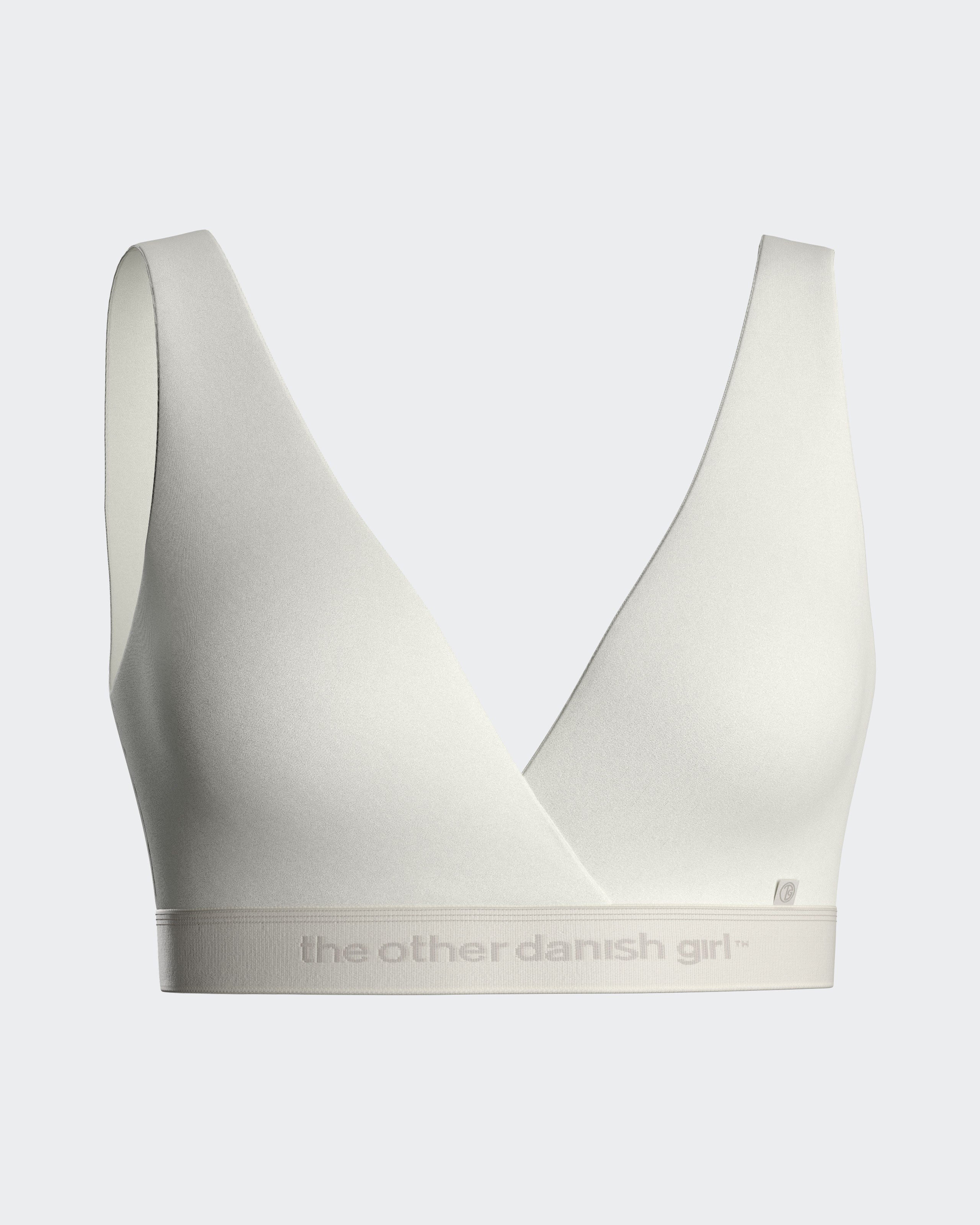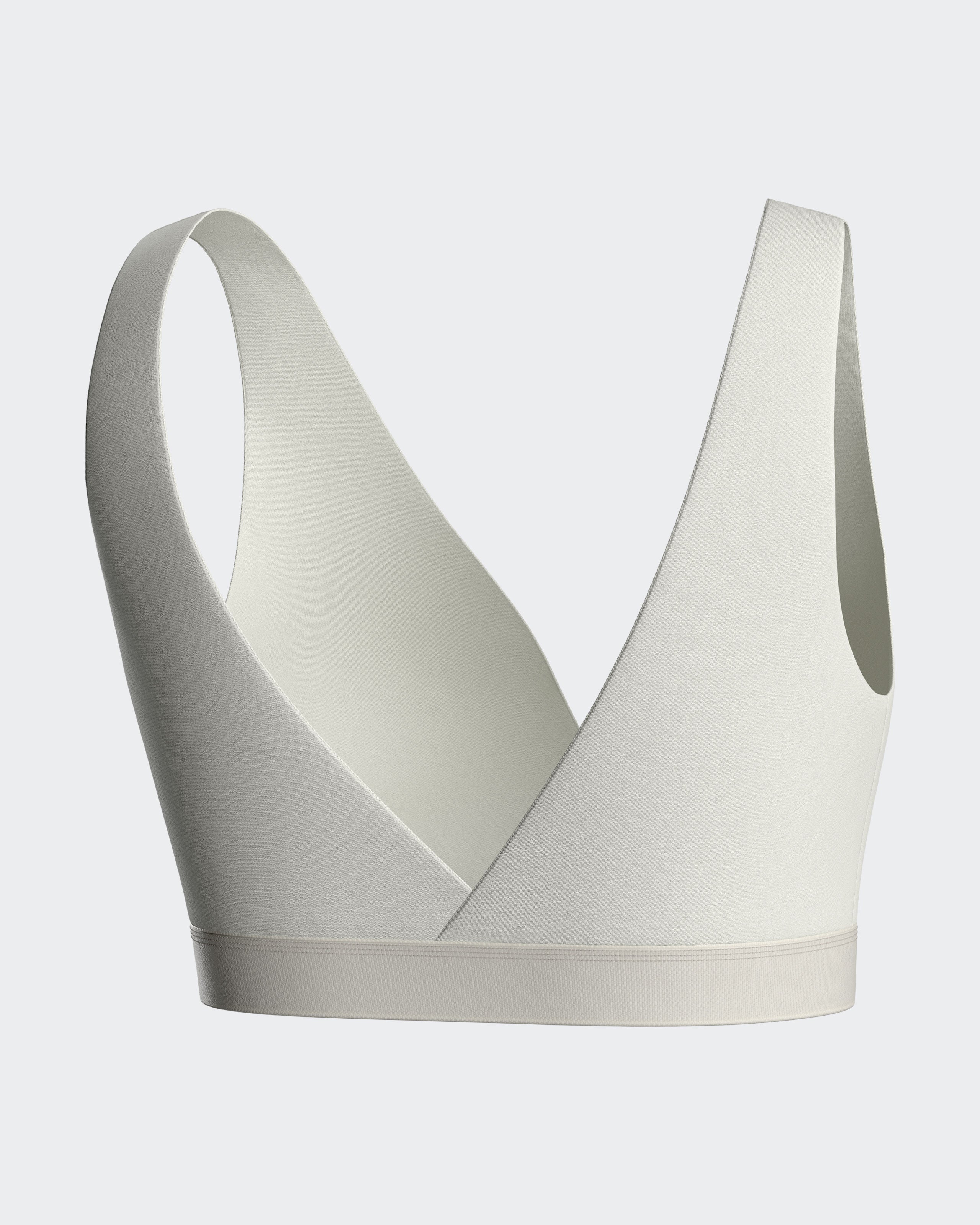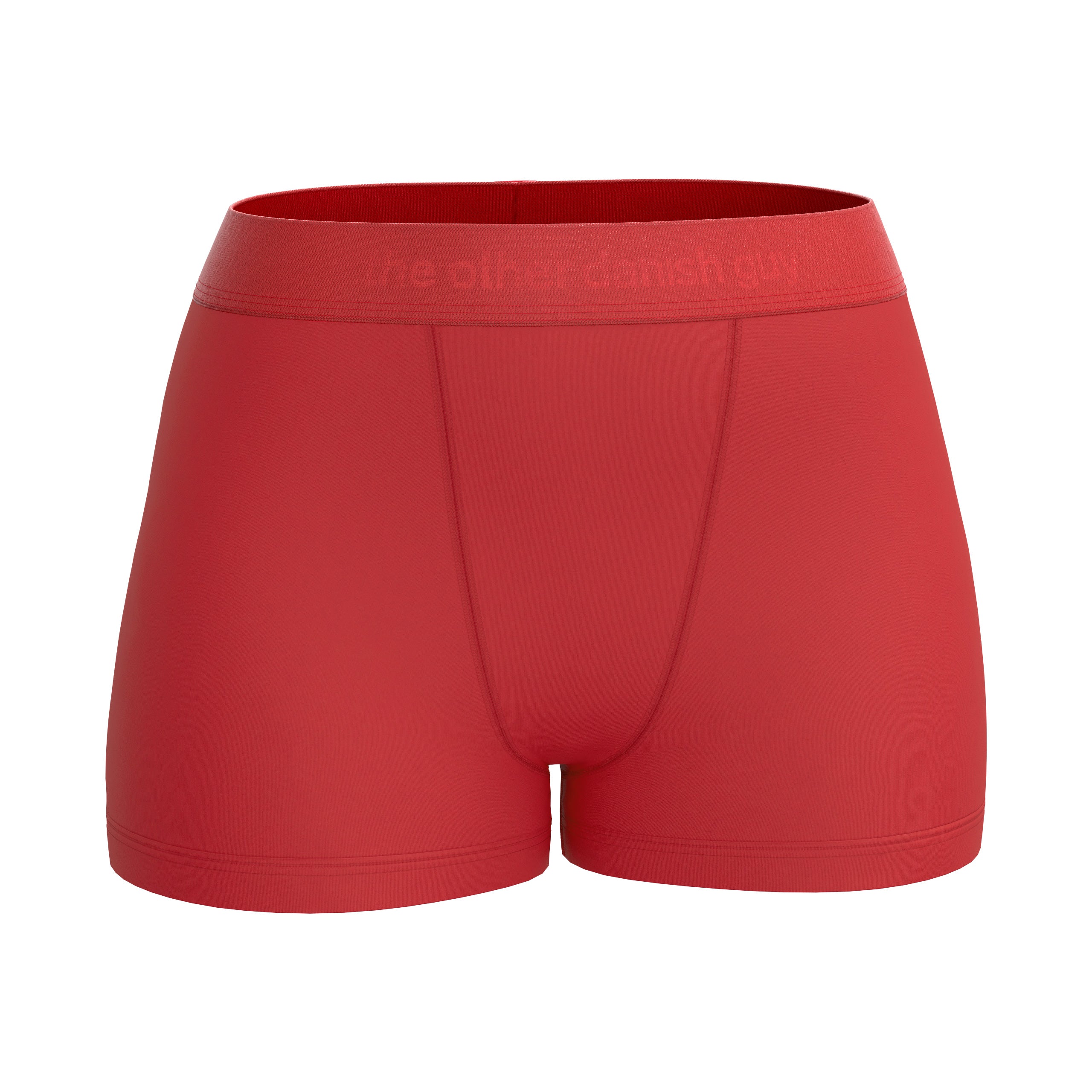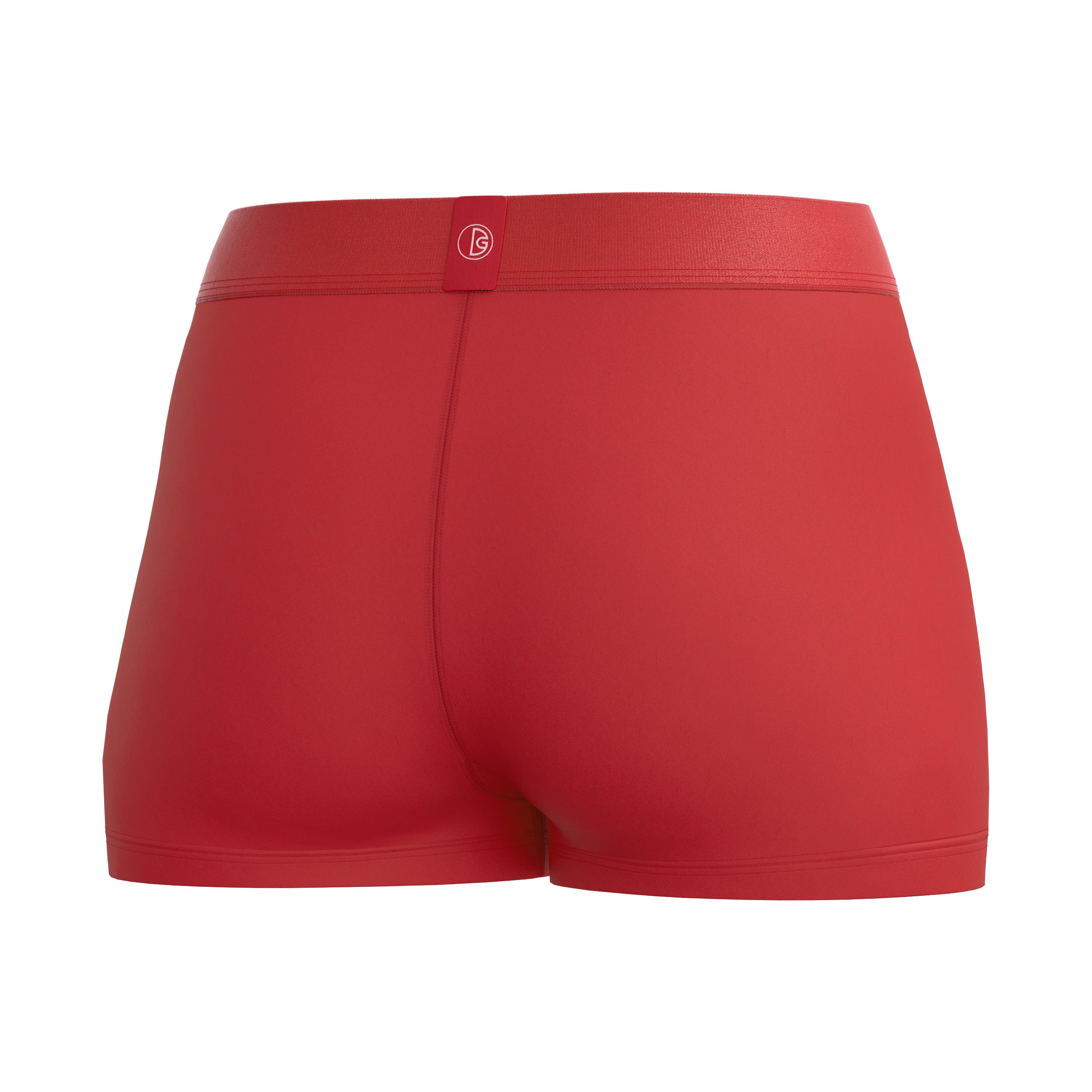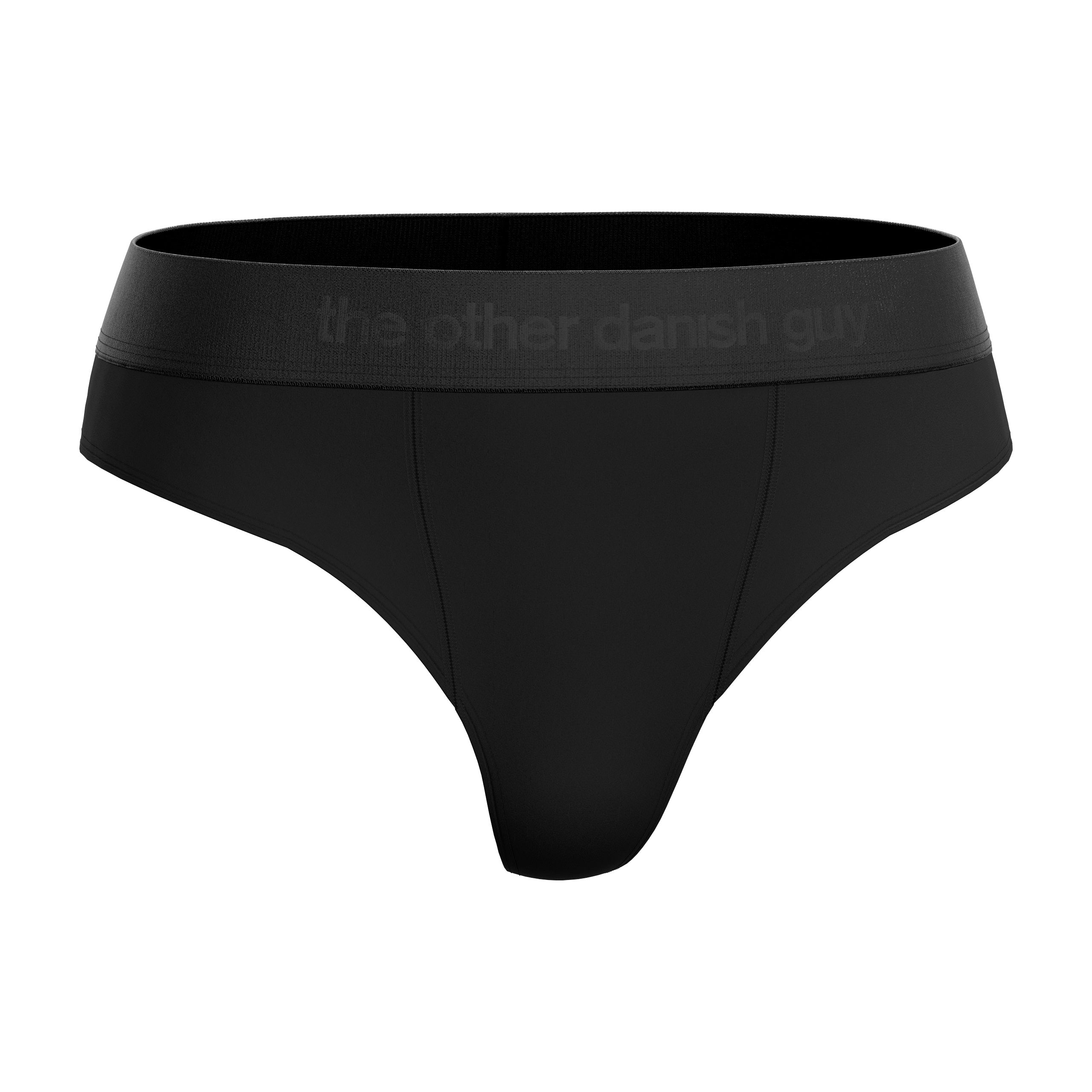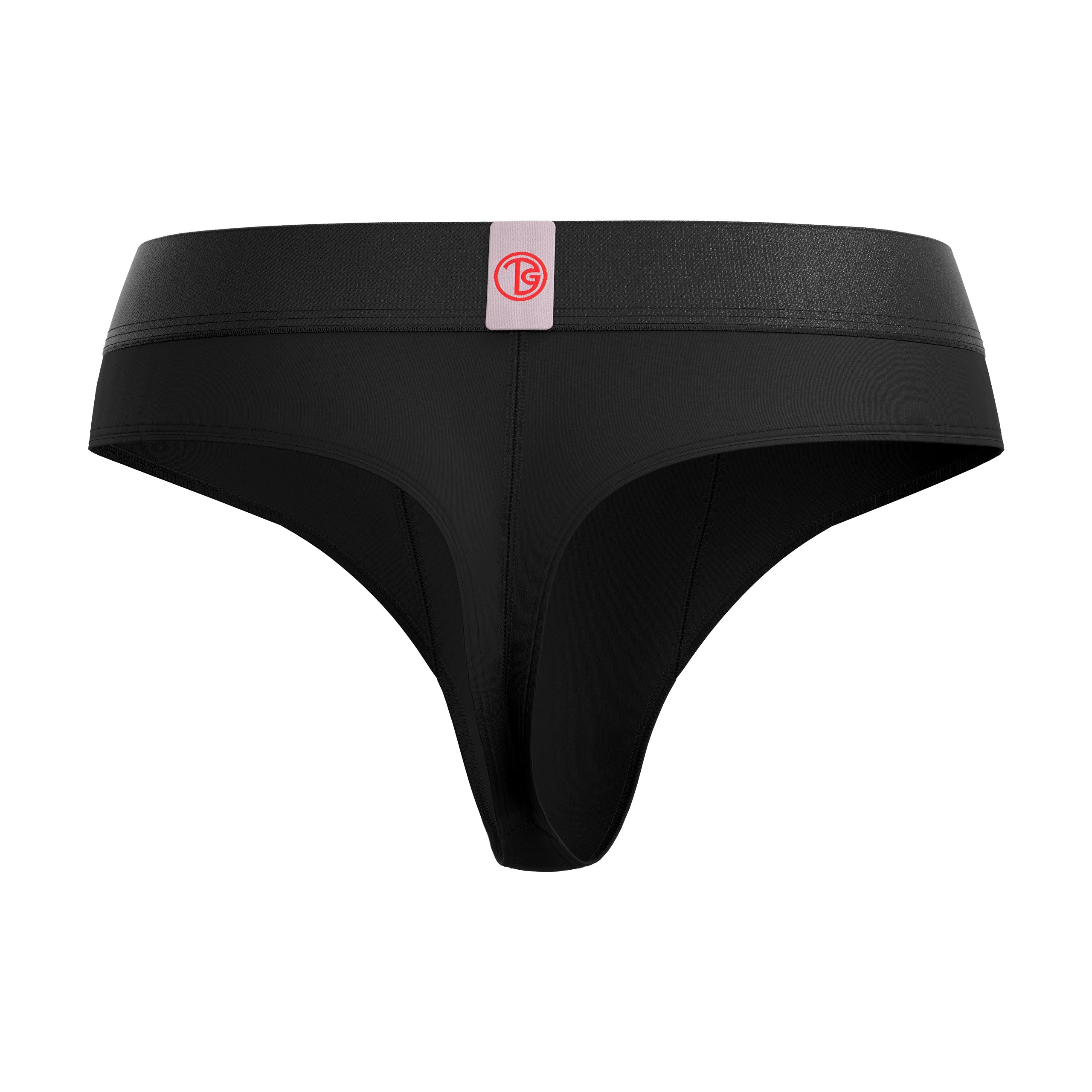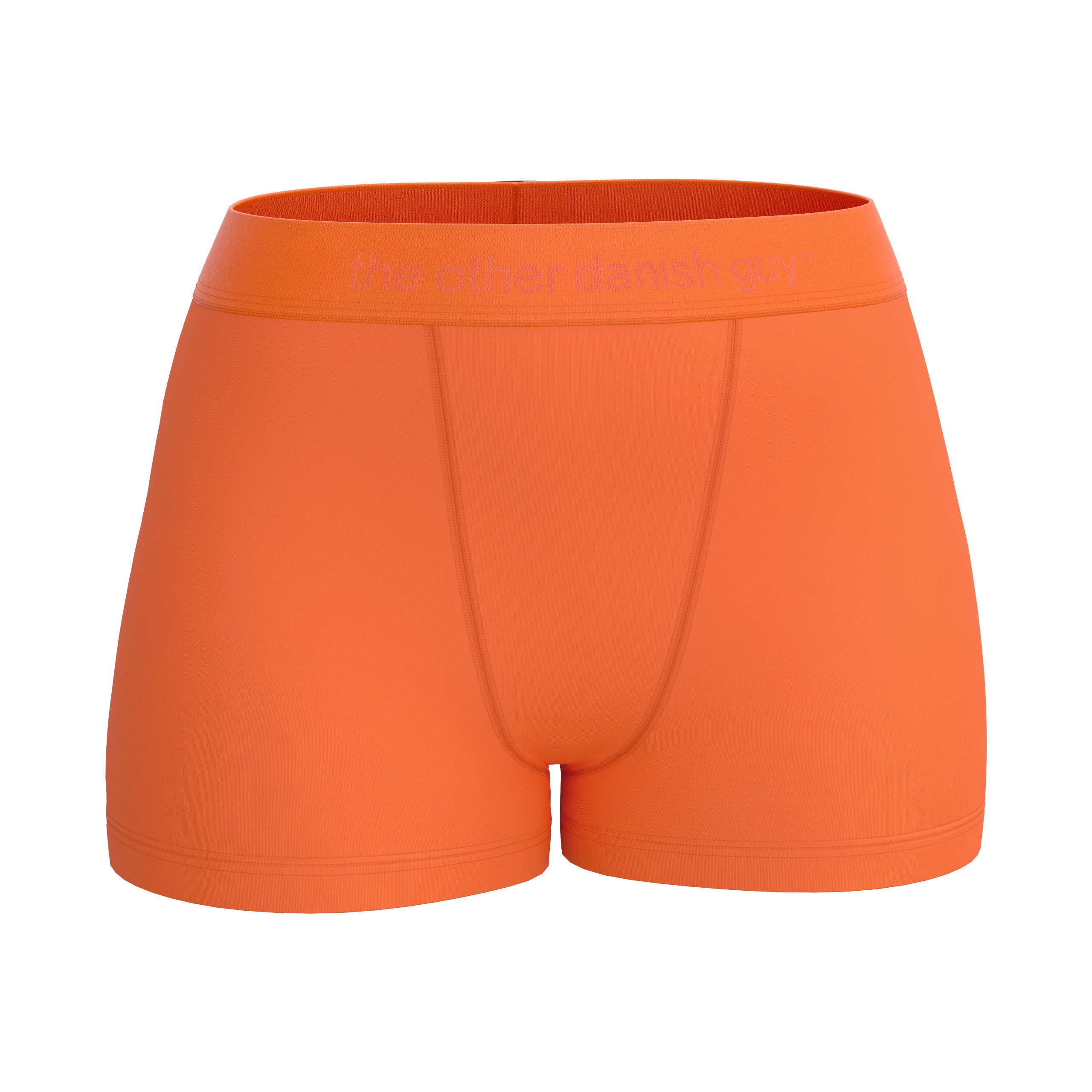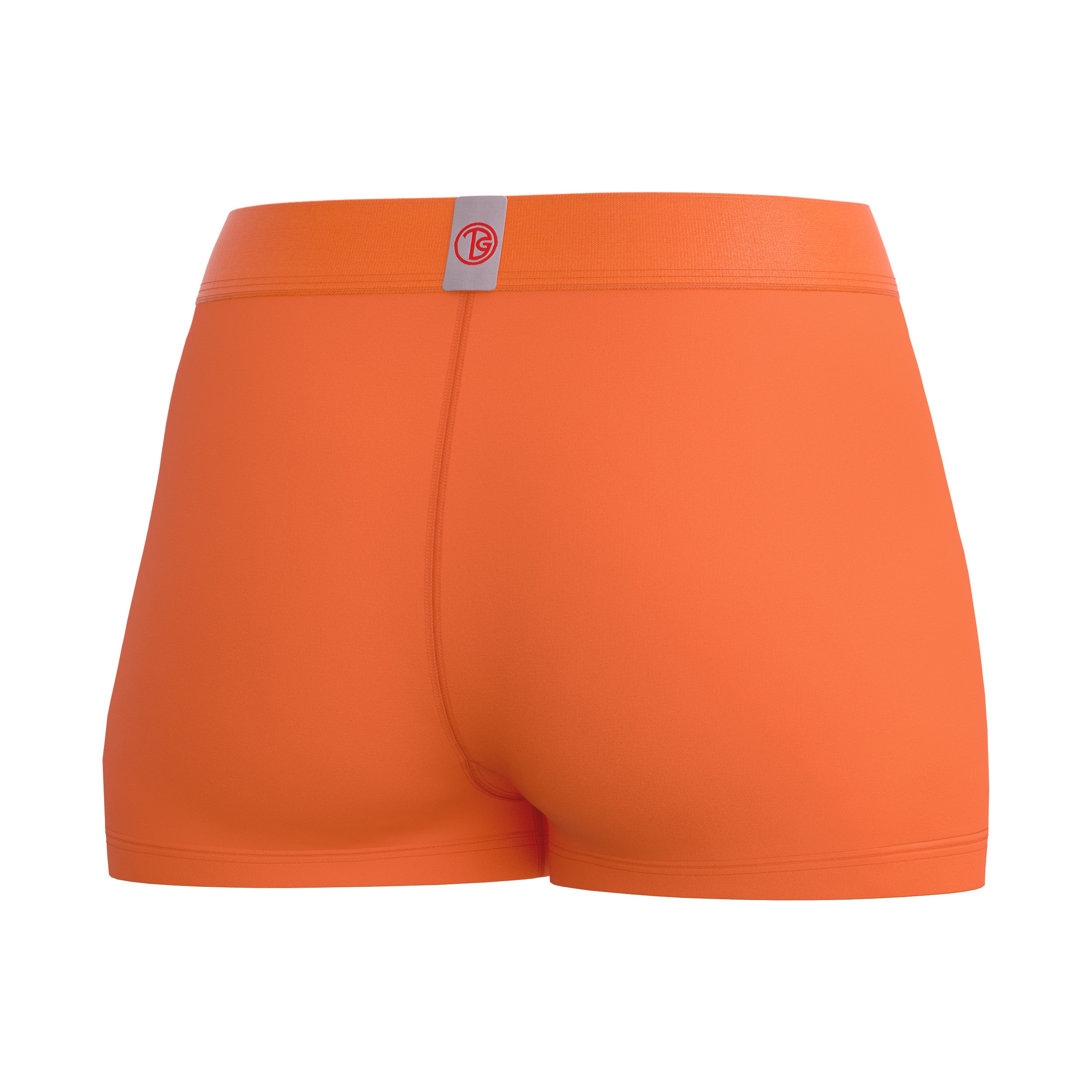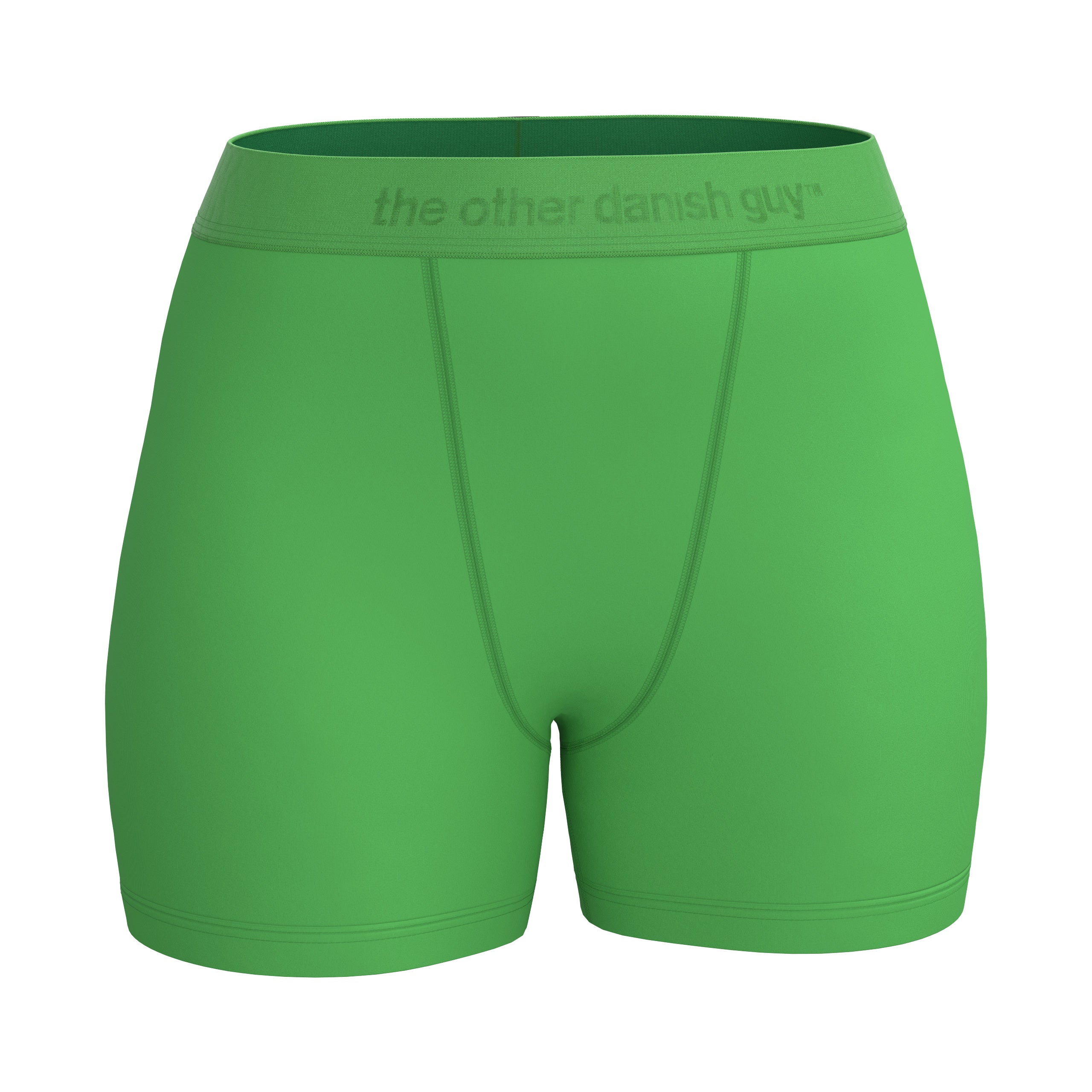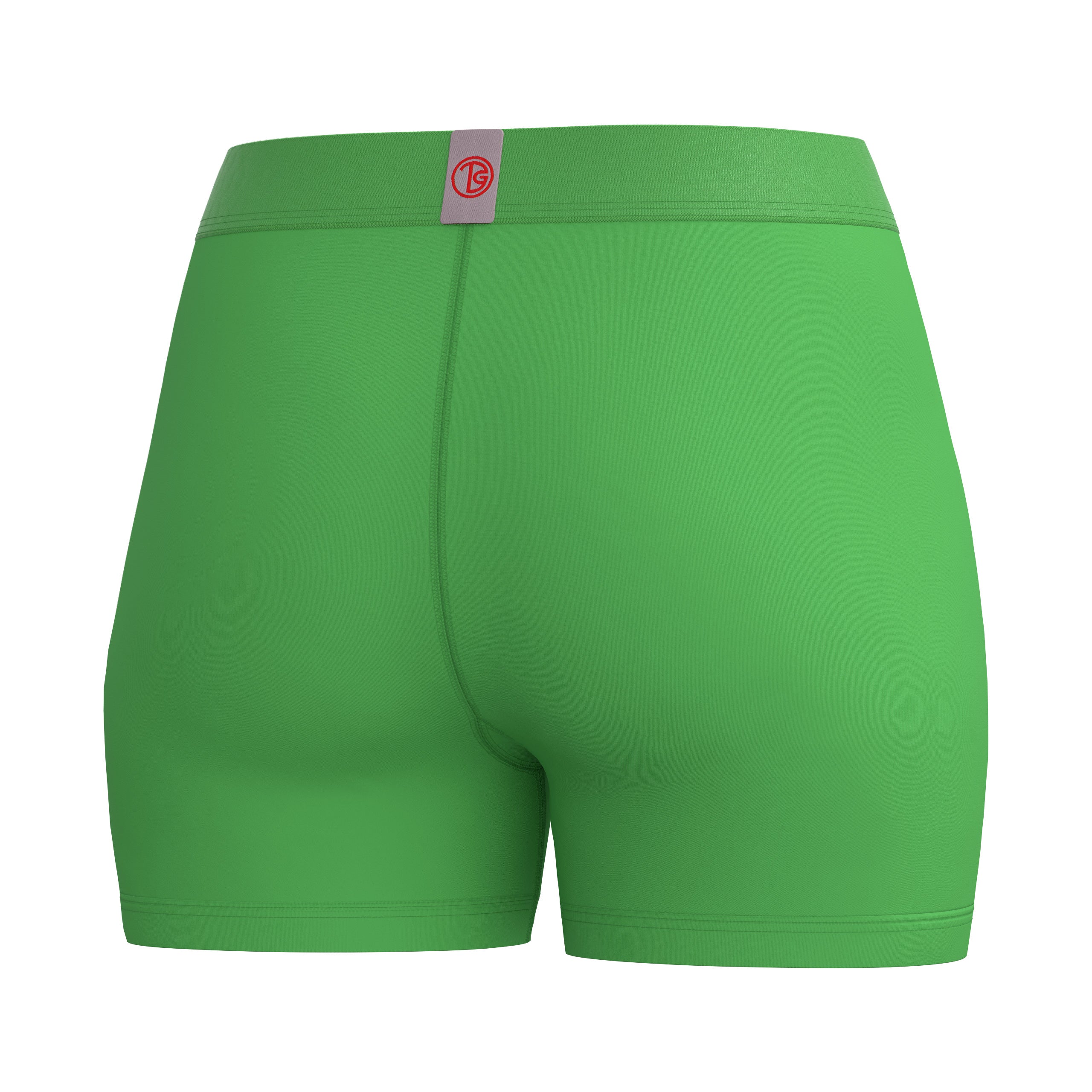Thousands of women open up about their underwear problems
“Searching for suitable underwear causes stress, frustration, and anxiety. It takes down on my self-esteem and causes me to think that the shape of my body is not right.”
This is the view of 30-year-old Katariina, who responded to a large lingerie survey conducted on IS.fi in April.
Over 2500 women openly shared their difficulties with finding comfortable, well-fitting, and aesthetically pleasing underwear.
One prevailing theme united the responses: the feeling that panties and bras are not designed for real women's bodies and their genuine, everyday needs.
“I can’t stand tight underwear, chafing seams, and itchy tags anymore.” – Satu, 40
According to the other danish guy's CEO Tommi Lähde, the root of the problem lies deep in the operational models of the clothing industry.
– Most clothes are designed based on models sized S or M. When producing larger sizes, it is not considered that as the size changes, so does the shape. From the perspective of industrial mass production, this is the most efficient way of doing things.
– Underwear is a bulk commodity with high demand and potentially high profit margins. Therefore, it is more important to keep the purchase price low and the sales volumes high, than to actually engage in quality design, Lähde continues.
Many of the women who responded to the survey noticed that they have fallen victim to this efficiency thinking. Sure, the price of underwear might be reasonable, but they fit and last so poorly that the women still do not feel they get value for their money.
Underwear for all bodies
Lähde and his colleagues do not accept the decline of the lingerie industry without a fight.
– When we started designing this new collection, we interviewed dozens of women of different ages, sizes, and shapes. Everyone had their own preferences, but at the very core and between the lines women shared similar concerns and sources of frustration. This raised the question: if this is such a big problem, why has no one done anything about it?
The team behind the new collection is largely led by women. The development process involved a multidisciplinary team of clothing, pattern, and 3D designers, as well as material and production experts.
The brand's primary goal was to bring to market an underwear collection that fits all kinds of female bodies. The philosophy has been familiar since the company's early days: for years the selling point of its popular men's boxers has been that they don't feel like you're wearing anything.
”Whenever I find good panties, they either shrink in the wash or stretch out of shape with use..” – Nea, 24
– A superior fit for all kinds of people has been a core value for our company since its foundation, Lähde says and continues:
– We have taken technology to our aid. The design process for the underwear is entirely three-dimensional, and the products can be fitted to different body types before physical prototypes are made.
Durability is also a paramount part of the other danish guy's product DNA. A large number of women who responded to the underwear survey noted that underwear is generally not designed with demanding sports or active work in mind.
– From the start, it has been clear to us that we want to make underwear that does not tear at the crotch after the first month of use. We are now approaching the milestone of one million pairs of sold underwear, so we can confidently say that our durability goal has been achieved. Many of our customers report that their 7-year-old underwear are still intact and in use, Lähde says.
New collection under scrutiny of test group
From those who responded to the large lingerie survey, 27 test group members were selected to try out products from the new collection in everyday use. Direct feedback is important for the company's further development.
– The basic underwear designer never hears feedback from the end user, as the journey from design to customer use can take up to three years, Lähde says.
However, the other danish guy's production process operates on more agile principles. Customer feedback is attentively listened to, and collections are frequently updated based on findings.
”The perfect underwear would adapt to movement and adjust to daily and monthly fluctuations in swelling.” – Anne, 45
– The current women's collection is already our third of its kind. Previous experiments have taught us that the customer's needs must be heard and internalised in order to be met during the design phase.
Only time will tell if the new collection has succeeded in its ambitious goals. Lähde eagerly awaits the usage experiences from the fresh test group.
– Based on honest feedback, things can be changed if necessary. If we don't know about the problems, it's difficult to do anything about them, he says.


